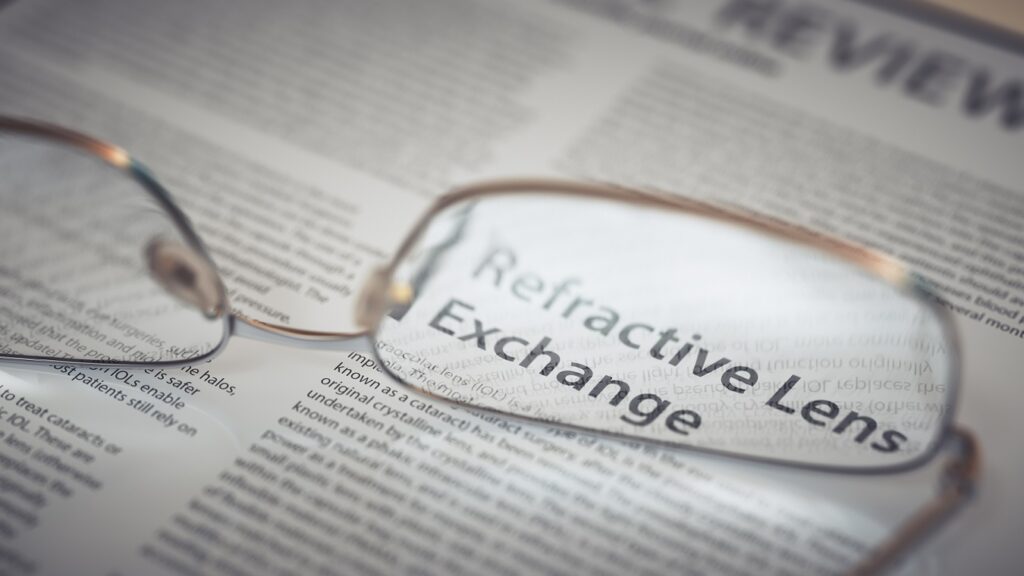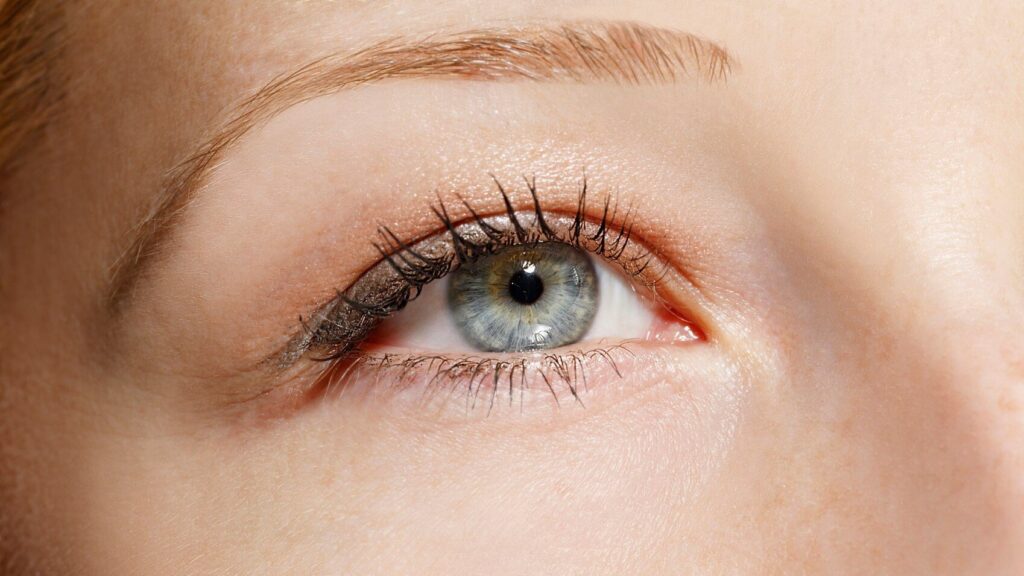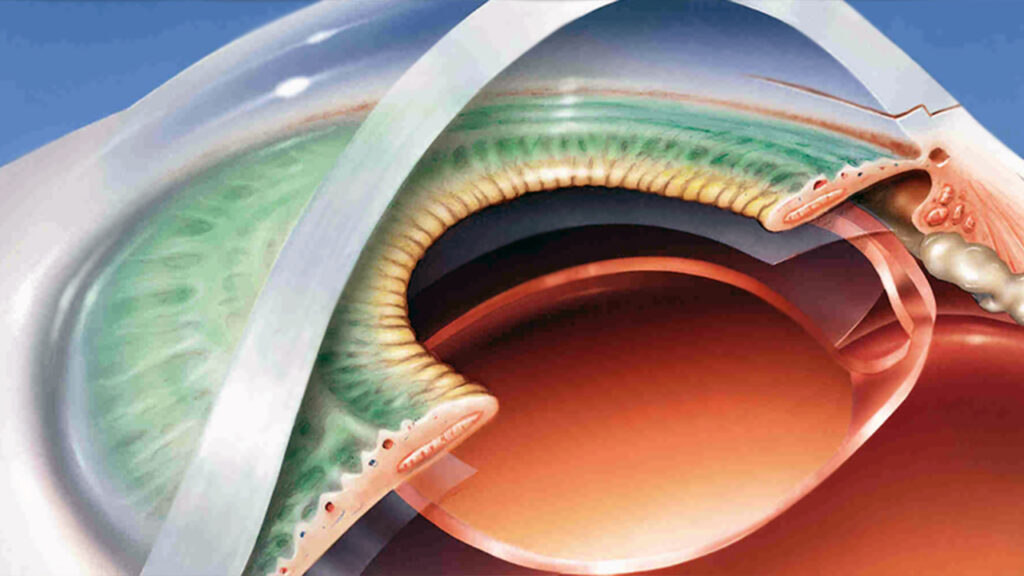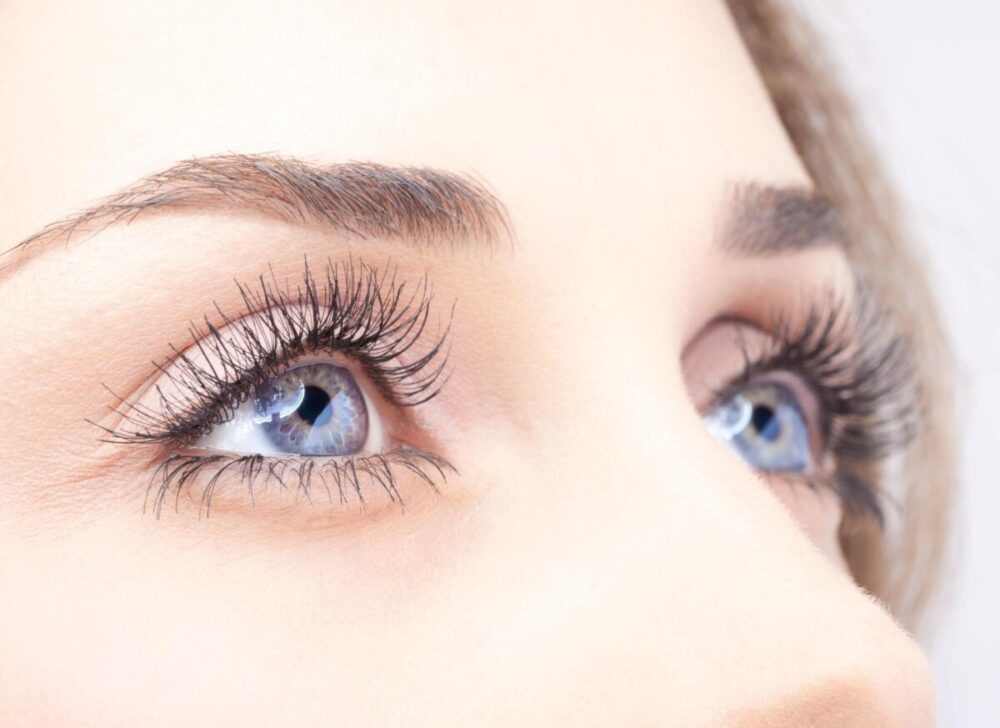Impaired vision is something no one wants to face. But, the harsh reality is that many of us live with some form of impaired vision. Luckily, we have plenty of solutions. Some of them include tools such as glasses or contact lenses. They are of great help. But with time, people get tired of those too. Are you one of those people? Are you like Anastasia, sick and tired? Well, there are other options. Of course, there is. But, are you a fine candidate for refractive lens exchange? This is something to think of. But, not only think – to take action too.
Do you know what’s the ideal course of action in a situation like this, when you have impaired vision, and want to get rid of glasses or lenses? If this is what you want, and to avoid cataracts later on in life too, you should consider refractive lens exchange. With RLE doing this is possible. This could be the answer you were looking for all along. This procedure will not only help your vision but will also prevent cataracts from developing. So, before we see if you’re an ideal candidate we see what RLE is.
What is RLE?

Here, we are talking about a medical procedure. If you’re looking for a permanent way to aid your sight this is it. It works on both nearsightedness and farsightedness. It also helps with astigmatism and presbyopia. Of course, if you’re a younger person this is not for you. To qualify you to need to be older than 40. For individuals that are over this limit, this is quite a popular surgery. Millions of people are undergoing it every year with the number exponentially growing.
If you don’t know what it looks like, many people and medical experts describe it as being very similar to cataract surgery. What makes it different is that you need to have this procedure before you start developing cataracts. The procedure itself starts by having your natural eye lens removed. Once this is done you will receive an artificial replacement. These lenses go by the abbreviation IOL which stands for intraocular lens. It is usually made out of silicone or any other flexible material.
This surgery is often put forward as a recommendation for people who have early signs of cataracts. This is one of the best ways to prevent cataracts from progressing once you have them. If you do this, you will prevent your vision from being further impaired. If you still don’t have this condition you are removing all risk of developing it considering that you no longer have your natural lens. Even if this is not what’s troubling you, it could be your best option if you’re not an ideal person for PRK or LASIK procedures. The older you are, and the more your natural lenses and vision get damaged the greater are chances that you’ll be looking to have it.
Are You a Good Candidate?

The unfortunate part about this operation is that all of us are ideal candidates. There are a few conditions that one needs to fulfill to receive this unique procedure. First of all, you need to be older than forty years. We already mentioned this. If you’re a younger person this surgery is not intended for you. In addition to having the age requirement you also need to be either nearsighted or farsighted. So, having a vision impairment is a must. Furthermore, patients with astigmatism are also eligible for this surgery. What you need to know is that with RLE you can aid both short and long-vision, which makes it quite versatile and ideal for most patients regardless of their impairment.
You should also know that if you’re a good candidate for a LASIK surgery this one is not an option for you. It only becomes one of the options if you’re not filling in all the dots for LASIK. Also, you need to see if you can receive one of the other available laser procedures. Only if none suits you, you can try and apply for RLE. In the end, you also need to take a look at your personal needs and feelings. If you’re simply tired of having to wear your glasses or contact lenses you should seek professional help and see if you fill all of the other conditions for RLE.
While feeling like you need this surgery is fine, and wanting to get rid of your vision impairment is all right you should immediately consider it when you notice early signs of cataracts. In addition to cataracts, you can also handle presbyopia with this procedure. Now that you know what are the conditions and what is this procedure in its essence you could learn a few more things about it. Most importantly, let’s talk about the benefits of RLE.
The Benefits

Of course, let’s start with what you came here to see, hear and do. Your vision is going to be improved. That’s the essence of it. The quality will not depend on light or the lack of it. This is a great procedure for your eyes, and if you undergo it, you’ll take good care of your vision. Once you recover from the operation, you’ll require minimum maintenance of your eyes. The best part is that recovery doesn’t take too long. The complications are rare and almost nonexistent. What you love to hear is that your corneal thickness will not be affected. In the end, as we already mentioned, you will prevent the spreading or development of cataracts.
Bottom Line
If you want your vision improved, this might be one of your options. Now you know when you need it and if you need it. RLE is great for various vision impairments, but it needs to be noted that it won’t help in some cases. So, even if successful it will not prevent certain patients from having to wear eyeglasses or contact lenses. The bottom line is that if your vision needs it, you need to have it.





